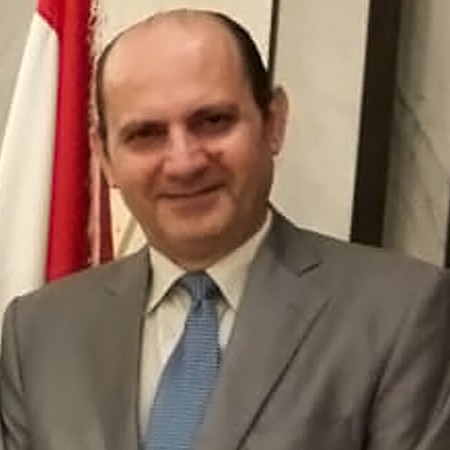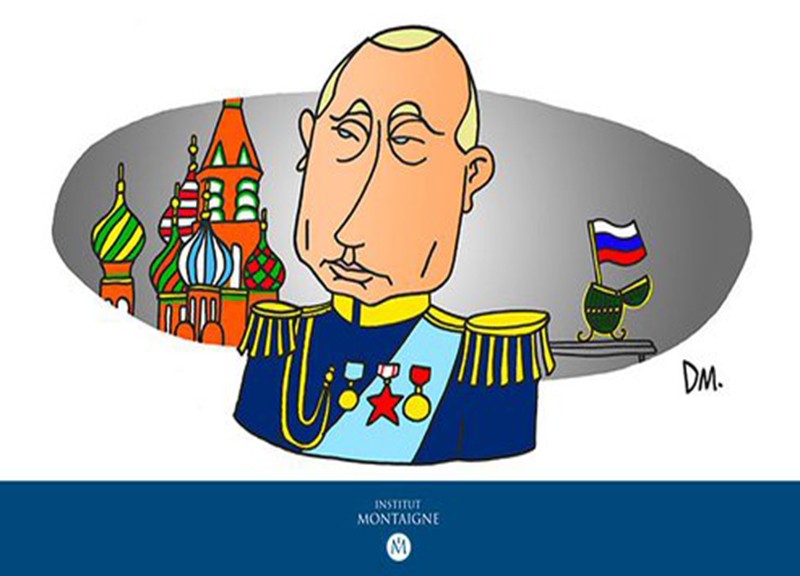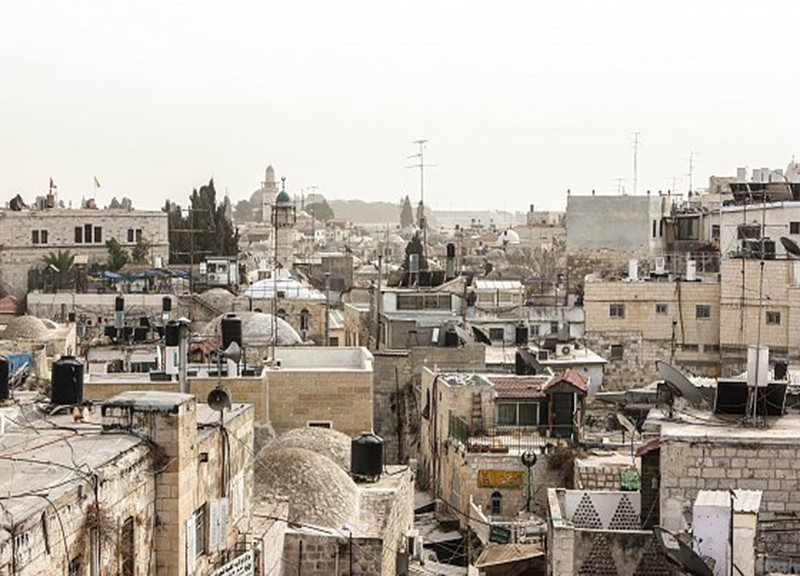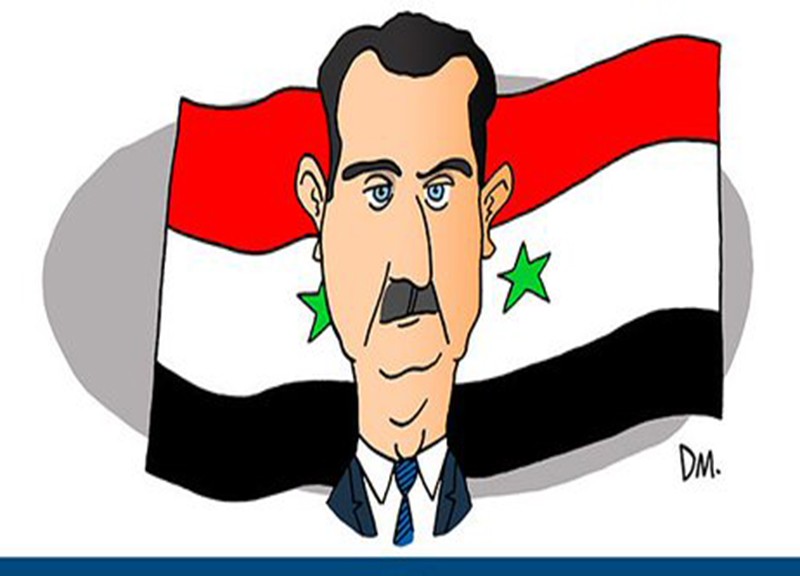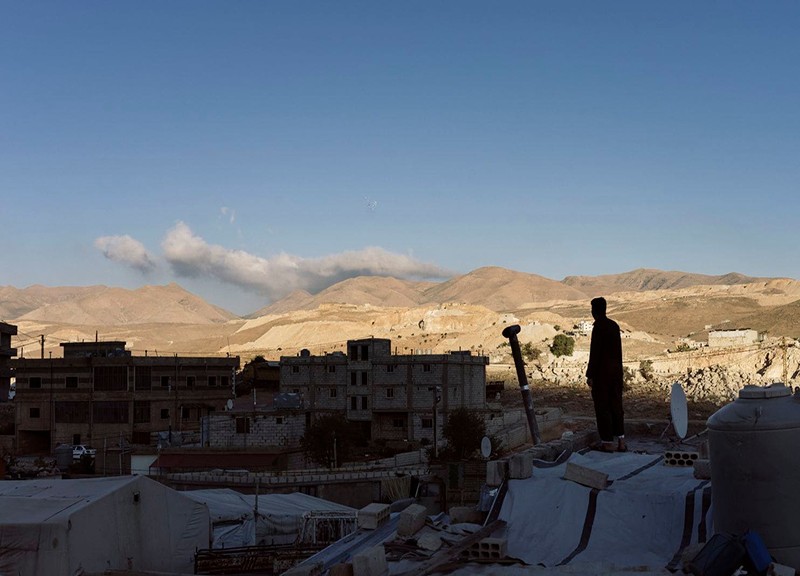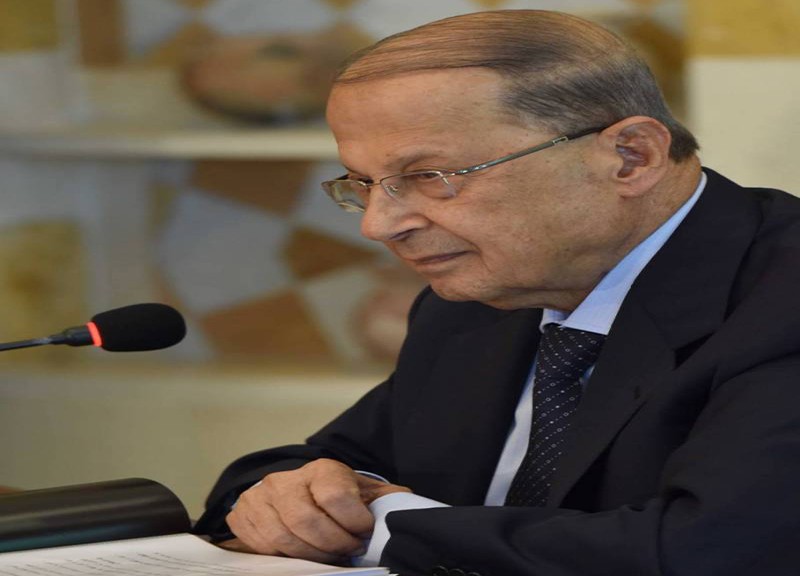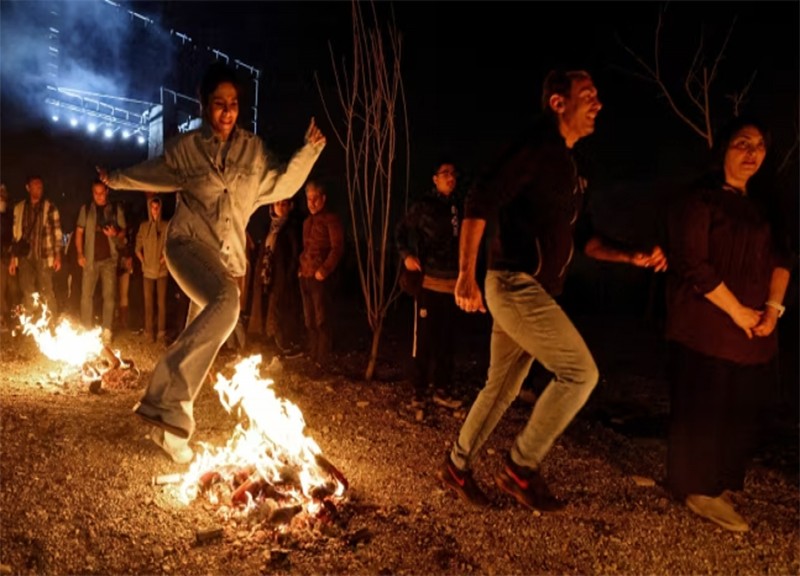
The festivities have brought people out on to the streets in a defiant show of freedom
Najmeh Bozorgmehr, Finantial Times
Against the backdrop of majestic mountain vistas, Iranian Kurdish women adorned in richly-coloured local attire twirl in harmony with men, shedding the veils that have long been part of their identities.
The ancient communal jubilation that takes place in the weeks preceding Nowruz, the Persian New Year that begins on Wednesday, serves as a reminder of how today’s Iran is embroiled in a modern culture clash. It is also revealing about how the Islamic republic is finding it increasingly difficult to impose the official narrative.
In a land in which Islamic rulers see it as a sin for women to dance alongside men, such defiance is symbolic. It has been particularly eye-catching this year because Nowruz’s welcoming of spring coincides with the holy month of Ramadan — a time of reflection and abstinence for Muslims.
The streets have resonated with a bold assertion of individual freedoms as Iranians, largely unwavering in their commitment to reclaiming their basic rights, transform their cities into vibrant spectacles of communal celebration. The resurgence in recent years of traditional festivities is due in part to the power of social media. It has served as a catalyst, igniting a nationwide fervour for dancing in public.
Across the country, younger generations are now embracing their cultural heritage with fresh zeal. In Tehran, the energy of Chaharshanbe Suri — celebrating the last Tuesday of the year by jumping over fire — has engulfed neighbourhoods in a kaleidoscope of revelry. One aerial video shared widely on social media shows a capital illuminated. These past few weeks, the noise of handmade explosives have made the city sound like a battlefield. And people do die during the celebrations — last year more than 25 were killed and thousands injured, mostly by home-made explosives.
Indeed, beneath the festivity, lies a simmering discontent and an enduring spirit of resistance against authorities. The regime, grappling with public defiance, has hesitated to quell the fervour of Nowruz, perhaps realising that success in doing so is unlikely.
The legacy of Mahsa Amini, a young Kurdish woman whose tragic death in police custody in 2022 over the alleged improper wearing of a hijab catalysed a wave of dissent, still resonates deeply within the collective consciousness. The defiance of many women over the hijab, particularly in big cities, continues.
This is not a revolt against religion, even if Iran today has one of the most secular societies in the Islamic world. In a nation that saw the birth of Zoroastrianism in Persia in the 6th century BCE and then accepted Islam in the 7th century, religion has always been integrated into people’s lives alongside other ancient traditions, despite hardliners’ endeavours to make it the national identity. On the contrary, what keeps Iranian society together is pride in the country’s history, and the nationalism that results from that.
In this delicate dance between tradition and modernity, the regime finds itself trapped in a paradox of its own making. A senior cleric in the holy city of Mashhad has prevented music concerts in the past few years. One concert was cancelled in the central historic city of Isfahan recently, only for the government in Tehran to intervene, restoring it and reminding hardliners that they cannot dictate events according to their own taste. But another music event in the southern city of Bushehr had already been cancelled.
Such incidents — on top of economic hardship, and the hijacking of the political scene by radical hardliners — further fuel public disillusionment. It is not easy to find people convinced that there will be a brighter tomorrow. But Iranians remain relentless in challenging a system that sees music, dancing, women’s solo singing and women watching football as existential threats.
Recently, part of a song sung by the famous pre-revolution artist Hayedeh blared out in a Tehran street during Nowruz jubilations, which included teenage girls performing acrobatics. It goes: “Those days have passed; Life is just like this now.”




